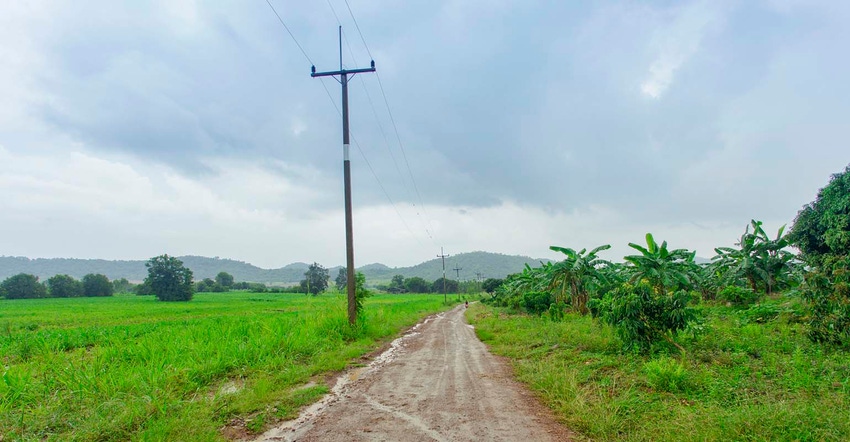
As the Carnival bands warm up in Brazil, the music from Argentina is a lot less celebratory.
With the exception of some areas where rainfall has swung far wide of the Goldilocks rainfall amount (just right), most bean producers across Brazil are dancing the samba in response to good initial yields, and, for longer-cycle beans, the right weather for pod fill.
As their Argentine neighbors finish up the last of soybean planting this season, though, the tango has turned into something rather like a funeral dirge.
2016-17 beans planted
Just at the point where the Buenos Aires Grains Exchange declared Argentine 2016-17 soy planting finished, experts estimated the crop would come in at 53.5 million tonnes, down 4.5 points from last time around. It’s due to dry weather followed by heavy and unstoppable rains that have inundated fields nationwide, but which seem to have saved the worst of their wrath for the eastern portion of Buenos Aires Province and pretty much all of Cordoba—top national soybean producers.
To be fair, some of the drop in production will be due also to the fact that soybeans still have an export tax—though lower than before—while competing crops, like corn saw that export tax zeroed out with the incoming administration.
The Rosario Grains Exchange estimates 1,482,000 soybean acres will end up having gone unplanted this season due to severe rains.
That said, most of the main-crop beans, and those beans put in following harvest of a winter crop (chiefly wheat) are in good or very good condition, according to the Buenos Aires Grains Exchange, with 43% in R1 and R2, and another 47% of what’s been planted in R3 or R4.
How could they get worse?
Things are slated to improve a bit further this week, with rainfall dropping off in some parts of central Argentina, and at least tapering off a bit elsewhere as many producers there try to finish up spraying for stink bugs and caterpillars.
And while they’re getting that spraying done between rains, those Argentine producers must be hearing the distant echo of Carnival drums from up in Brazil, wishing they were recovering from a bad weather year like their northern neighbors, rather than just heading into one they’ll be talking about for years.
The opinions of the author are not necessarily those of Farm Futures or Penton Agriculture.
About the Author(s)
You May Also Like






